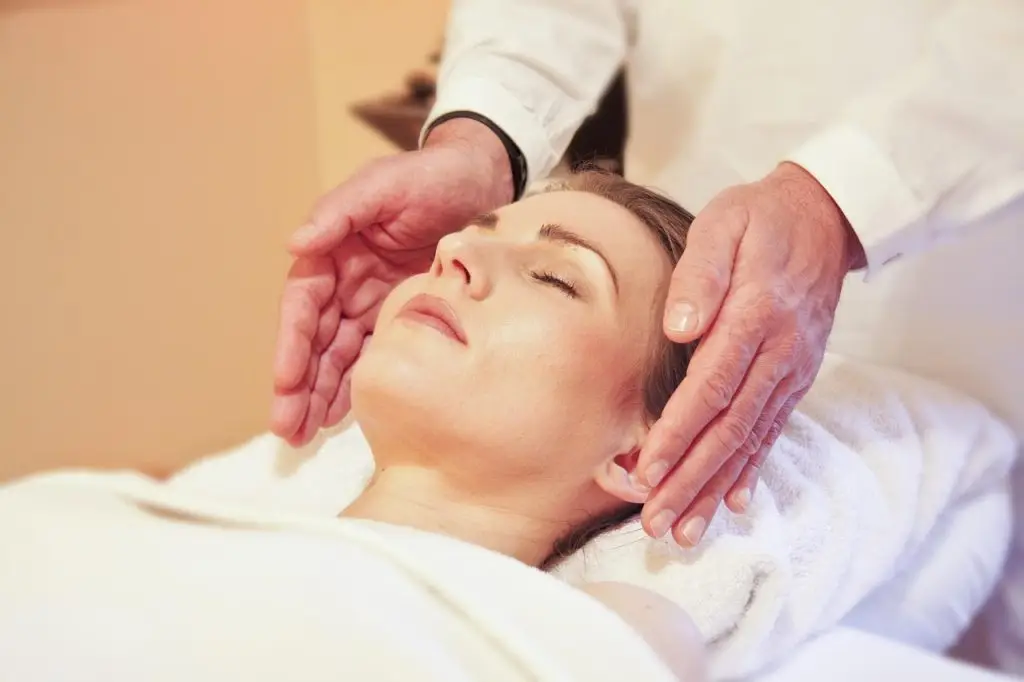If you’ve ever experienced a Reiki session, you know there’s something quietly powerful about it — something you can feel, even if you can’t quite explain it. It’s subtle, peaceful, and deeply grounding, like the body’s way of exhaling after holding its breath for too long.
But how does Reiki actually work?
Energy That Moves Where It’s Needed
At its core, Reiki is about energy — not the kind that powers your phone or lights your house, but the natural, life-giving energy that flows through all living things. In Japanese, it’s called “Ki.” In other cultures, you might hear it referred to as Chi or Prana. It’s all the same idea — the invisible current that keeps us alive, balanced, and connected.
When that energy is flowing freely, we feel calm, grounded, and in harmony with ourselves. But when life piles on — stress, worry, exhaustion, emotional strain — that flow can get blocked or weakened. That’s when we start to feel off: tense, anxious, or simply disconnected.
Reiki helps restore that natural flow.
The Practitioner as a Conduit
During a Reiki session, the practitioner isn’t “giving” you their energy or taking yours away. Instead, they serve as a conduit — channeling universal energy through their hands and into the space around (and within) you.
The session might look simple from the outside: you’re fully clothed, lying comfortably, while the practitioner gently places their hands over different areas of your body, or just hovers above. But beneath that stillness, something remarkable is happening.
Your body — always wise, always listening — takes in that energy where it’s needed most. It’s as if Reiki gives your system permission to relax and recalibrate. Your heart rate slows. Your breath deepens. Muscles unclench. The mind quiets.
Some people feel warmth or tingling. Others feel waves of calm or even emotion rising to the surface. And sometimes, you might not feel much at all — yet still walk away lighter, clearer, softer around the edges.
The Science of Stillness
There’s growing research suggesting Reiki activates the body’s relaxation response — lowering stress hormones, supporting heart rate variability, and helping shift the nervous system from “fight or flight” into “rest and restore.”
That’s the sweet spot where your body does its best healing work — where balance starts to return naturally.
And whether or not we can fully measure or name everything happening during a Reiki session, the experience speaks for itself.
Beyond the Hands
Reiki isn’t about fixing or forcing anything. It’s an invitation — a moment to let go, breathe, and allow your body and energy to do what they already know how to do: find balance.
It’s quiet work. Gentle work. But in that quiet, things begin to move.
Sometimes it’s physical — tension melting away.
Sometimes it’s emotional — releasing something you didn’t realize you were still carrying.
And sometimes it’s simply remembering what it feels like to be at peace.
That’s the beauty of Reiki. It meets you exactly where you are, no matter what you bring into the room.
Because at the end of the day, Reiki isn’t just about energy — it’s about coming back into connection with yourself.
And when that happens, everything flows a little easier.

